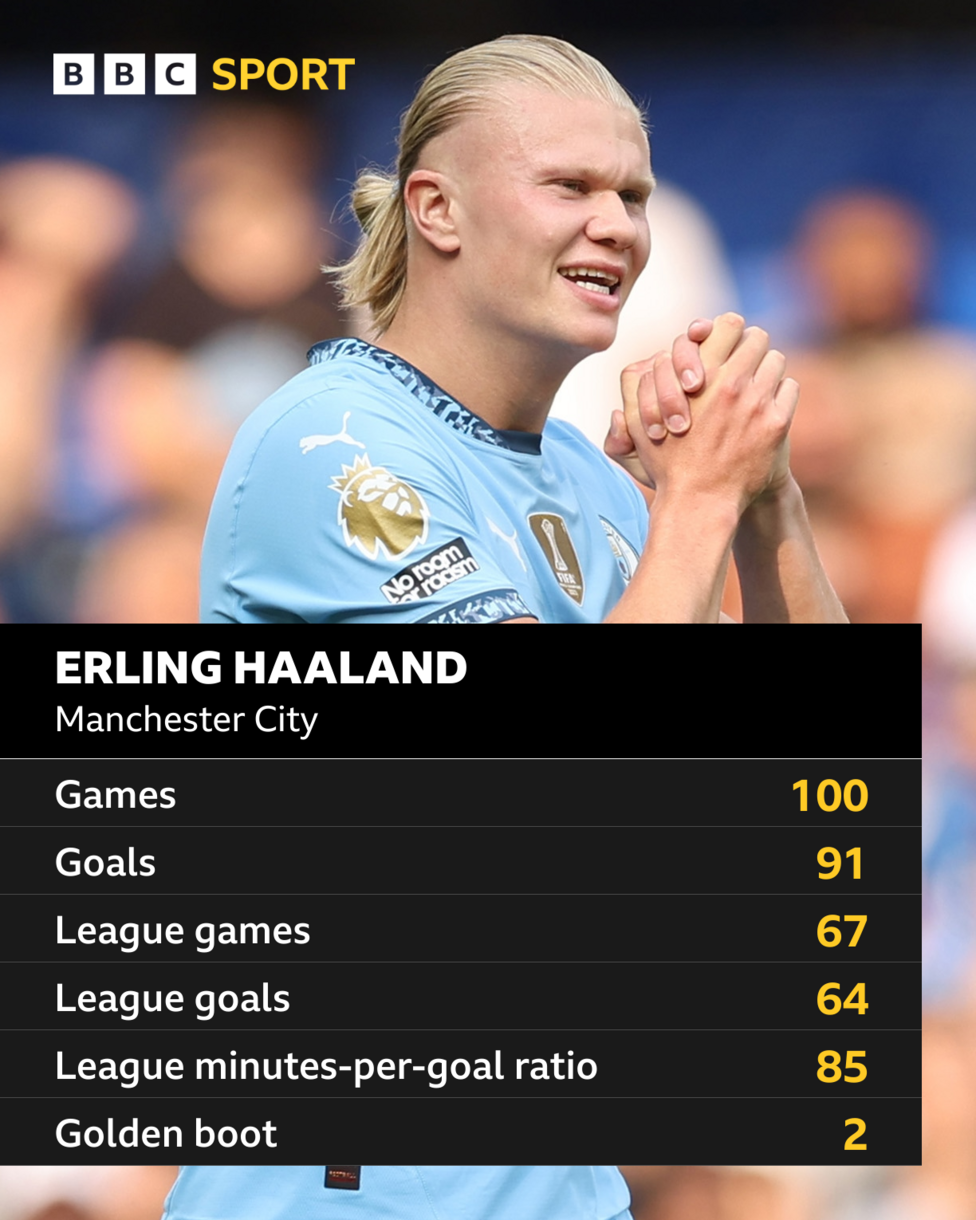
The Unseen Architects: Decoding the UEFA Champions League Ranking System
Beyond the thunderous roar of the crowd, the dazzling skill on the pitch, and the sheer drama of knockout football, the UEFA Champions League operates on a meticulously crafted, yet often opaque, system of rankings. These aren’t just arbitrary lists; they are the unseen architects shaping the tournament’s landscape, dictating everything from group stage draws and prize money distribution to a nation’s representation in Europe’s elite competitions. To truly understand the UCL, one must venture "behind the scenes" and delve into the intricate algorithms, historical weighting, and strategic implications of the UEFA coefficient system.
At its core, the UEFA ranking system comprises two primary pillars: the Club Coefficients and the National Association Coefficients. While distinct, they are intrinsically linked, each influencing the other and together forming a comprehensive hierarchy of European footballing prowess.
Pillar One: The UEFA Club Coefficients – Measuring Individual Might
The club coefficient is arguably the most recognizable ranking, as it directly impacts a team’s seeding in European competitions. This five-year rolling coefficient reflects a club’s performance in the UEFA Champions League, UEFA Europa League, and the UEFA Europa Conference League over the past five seasons. The objective is to reward consistent performance, ensuring that historical giants aren’t immediately relegated due to one poor season, while also allowing emerging clubs to climb the ranks swiftly with strong runs.
How are they calculated?
The process involves a point system for each match played:
- Wins: 2 points
- Draws: 1 point
- Losses: 0 points
Beyond basic match results, significant bonus points are awarded for reaching certain stages of each competition:
- UCL Group Stage Qualification: 4 points
- UCL Round of 16 Qualification: 5 points
- UCL Quarter-Finals, Semi-Finals, Final: 1 point for each stage reached.
- UEL Group Stage Winner: 4 points
- UEL Group Stage Runner-up: 2 points
- UEL Round of 16 Qualification: 1 point
- UEL Quarter-Finals, Semi-Finals, Final: 1 point for each stage reached.
- UECL Group Stage Winner: 2 points
- UECL Group Stage Runner-up: 1 point
- UECL Semi-Finals, Final: 1 point for each stage reached.
These points are accumulated throughout a season. A crucial nuance is that a club’s coefficient for any given season is the sum of the points it earned in that season, plus 20% of its national association’s coefficient for that season (more on this later). This ensures that even if a club has a relatively poor individual European campaign, it still benefits from the overall strength of its domestic league.
At the end of each season, the club’s current season’s points are added to its tally from the previous four seasons. The oldest season’s points are then dropped, creating the rolling five-year window. This system provides a dynamic balance between rewarding sustained excellence and reflecting recent form. A club that consistently reaches the latter stages of the UCL, like Real Madrid or Bayern Munich, will accumulate a massive coefficient, securing a top seeding pot. Conversely, a club with a few lean years will see its coefficient gradually diminish, potentially leading to tougher draws.
Impact of Club Coefficients:
- Seeding in Draws: This is perhaps the most visible impact. The UCL group stage draw is famously structured into four pots. Pot 1 typically contains the reigning Champions League winner, the Europa League winner, and the champions of the top six national associations based on their coefficient. Pots 2, 3, and 4 are then filled based on the individual club coefficients of the remaining qualified teams. A higher coefficient means a more favorable draw, theoretically avoiding other European giants until later stages.
- Prize Money Distribution: While a significant portion of UCL prize money is based on performance (wins, draws, progressing through rounds), a substantial "coefficient ranking" payment is also distributed. This component rewards clubs based on their 10-year coefficient ranking, essentially a longer-term historical performance measure. The higher a club ranks on this all-time list, the more they receive, ensuring that clubs with a rich European history (e.g., Juventus, Liverpool, AC Milan) continue to benefit financially even if their current five-year coefficient isn’t top-tier. This adds another layer of financial stability for established powerhouses.
Pillar Two: The UEFA National Association Coefficients – Gauging League Strength
While club coefficients focus on individual teams, the national association coefficient measures the overall performance of clubs from a particular country in all UEFA club competitions over the last five seasons. This is arguably the most impactful coefficient for the broader ecosystem of European football, as it directly determines how many teams a country can send to the Champions League, Europa League, and Europa Conference League.
How are they calculated?
Each season, all the points earned by clubs from a particular nation (using the same point system as club coefficients, including bonus points) are summed up. This total is then divided by the total number of clubs from that nation that participated in any of the three main UEFA club competitions (UCL, UEL, UECL) in that season. This average prevents a single dominant club from skewing the national coefficient, ensuring it reflects the collective strength.
Just like club coefficients, these annual averages are then accumulated over a five-year rolling period. The oldest season’s average is dropped, and the new season’s average is added.
Impact of National Association Coefficients:
- Qualification Spots: This is the most critical implication. The top-ranked national associations (currently England, Spain, Germany, Italy, and France) receive the most direct qualification spots for the Champions League group stage. For instance, the top four leagues typically get four direct UCL group stage berths. As a league’s coefficient drops, so too might its number of direct spots, potentially forcing its champions or high finishers into grueling qualifying rounds, or even reducing their overall European representation. The battle for the 5th, 6th, and 7th spots between leagues like the Portuguese Primeira Liga, Dutch Eredivisie, and Belgian Pro League is fierce, as gaining an extra UCL spot can mean hundreds of millions of Euros for their top clubs and significantly boost the league’s prestige.
- Seeding for National Champions: The national association coefficient also plays a role in determining which national champions directly qualify for the UCL group stage (the top six leagues) and which must enter qualifying rounds.
The Unseen Hand: Beyond the Numbers
While the algorithms provide the mathematical framework, several "behind the scenes" factors and strategic considerations truly define the UCL ranking landscape.
-
The Strategic Imperative for Clubs: For top clubs, consistent European performance isn’t just about glory; it’s a financial necessity. A strong coefficient secures better prize money, attracts top talent (who want to play in the Champions League), and enhances commercial appeal. Clubs often make strategic decisions – squad rotation, transfer targets – with their coefficient and European performance in mind. For clubs on the cusp of the elite, a deep run in the Europa League or Conference League can significantly boost their coefficient, laying the groundwork for future UCL qualification and better seeding.
-
The Financial Market Pool: This is a lesser-known but significant component of UCL prize money distribution. A portion of the total prize money is distributed based on the proportional value of each club’s national television market. This means clubs from nations with larger, more lucrative TV deals (like England, Germany, Spain, Italy) often receive more money from this pool, regardless of their sporting performance in a given season, compared to clubs from smaller markets. This mechanism, while aiming to reflect the commercial reality of football, subtly contributes to the financial disparities within the European game.
-
The "Old Guard" Advantage: The 10-year coefficient for prize money distribution mentioned earlier is a clear example of how historical legacy is financially rewarded. Clubs like Real Madrid, Barcelona, Bayern Munich, Manchester United, and Juventus, with decades of European success, benefit immensely from this system. It creates a built-in financial advantage that makes it harder for newly rich clubs or those without a long European pedigree to fully catch up in terms of pure revenue. This mechanism was introduced partly to appease the traditional powerhouses and prevent a Super League scenario by ensuring their historical contributions were acknowledged and rewarded.
-
The Human Element and Evolution: The coefficient system isn’t static. It’s constantly reviewed and sometimes tweaked by UEFA’s committees, statisticians, and footballing experts. The introduction of the Europa Conference League, for instance, necessitated adjustments to how points are allocated across all three competitions to ensure fair weighting. Debates around competitive balance, the number of guaranteed spots for top leagues, and the impact of financial fair play regulations on club competitiveness are ongoing and can lead to future revisions of the system. The ill-fated Super League proposal, for instance, was a direct challenge to the existing meritocratic elements of the coefficient system, advocating for a more closed, historical-performance-based entry.
-
The Lobbying Game: While UEFA aims for objectivity, the design and potential changes to the coefficient system are inevitably influenced by the powerful clubs and national associations. The European Club Association (ECA) and various national federations constantly lobby UEFA to protect their interests, whether it’s maintaining direct qualification spots or ensuring favorable prize money distribution. The "behind the scenes" involves countless meetings, proposals, and negotiations that shape the future of these crucial rankings.
Conclusion: An Imperfect Yet Indispensable Compass
The UEFA Champions League ranking system is a marvel of data management and strategic design. It’s a complex, multi-layered beast that balances recent form with historical achievement, individual club performance with national league strength, and sporting merit with commercial realities. While it has its critics – some argue it perpetuates financial disparities, others that it makes it too hard for smaller leagues to compete – it remains an indispensable compass guiding the world’s most prestigious club competition.
Understanding the "behind the scenes" of these rankings reveals that the UCL is not just a series of random draws and spectacular matches. It’s a meticulously structured ecosystem where every win, every draw, and every progression through a round contributes to a club’s standing, a nation’s prestige, and ultimately, the intricate tapestry of European football. It ensures that excellence is not only celebrated on the pitch but also strategically rewarded off it, setting the stage for future glory and countless more nights of unforgettable European football.



